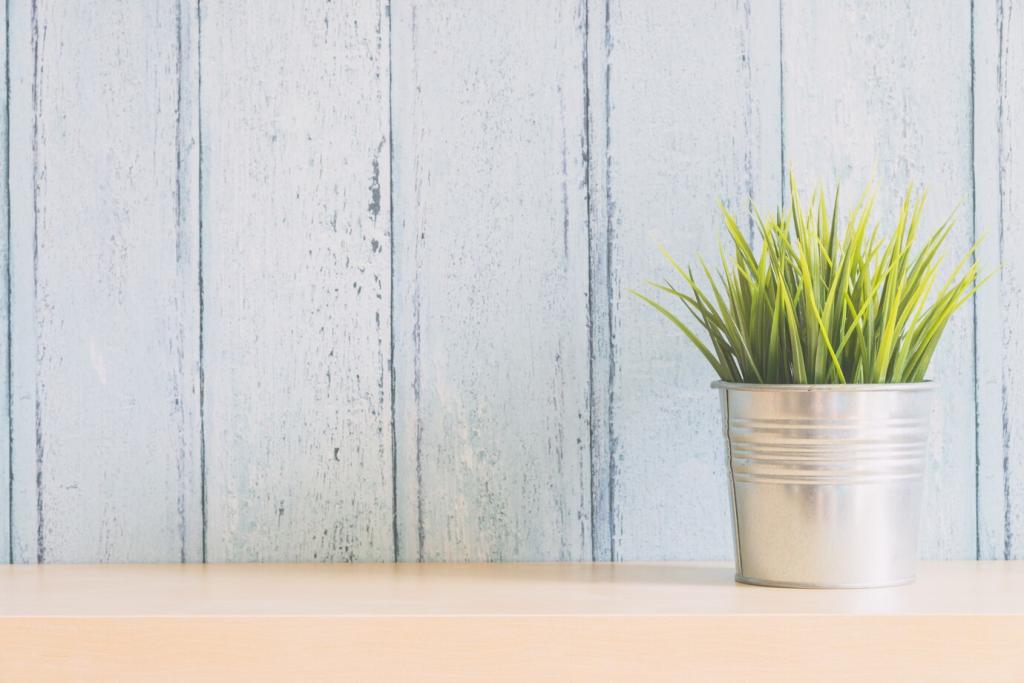Essential Decor for Minimalist Interiors
Creating a minimalist interior is an art form that revolves around simplicity, functionality, and the celebration of space. Essential decor plays a pivotal role in shaping the atmosphere, bringing subtle sophistication without overwhelming the senses. The magic of minimalist design lies in finding the right balance between empty space and carefully curated decor elements. Each item should serve a purpose, either functional or aesthetic, and contribute to a serene, uncluttered environment. Discover the hallmark features that transform a space into a tranquil minimalist sanctuary, highlighting a selection of decor essentials that demonstrate the power of restraint and intentionality.
Neutral Color Palettes
Soft White Harmony
Soft white walls, fabrics, and accents serve as the quintessential backdrop in a minimalist home. This versatile shade reflects natural light beautifully, creating uplifting and inviting environments. The unifying effect of soft white allows for seamless transitions between open spaces—perfect for homes that favor open-plan layouts. It also draws attention to the form and craftsmanship of furniture and decor items, giving each piece space to breathe. White’s intrinsic promise of purity and tranquility supports the minimalist ethos by encouraging a sense of mental clarity and calm every time you step through the door.
Shades of Gray
Various tones of gray—from the lightest dove to the deeper charcoal—inject subtle depth and interest into minimalist interiors. Unlike bold colors, gray provides stability and quiet sophistication. When layered thoughtfully across walls, rugs, and decorative objects, it infuses a space with warmth without overpowering it. Gray also blends effortlessly with wood, metal, and stone finishes, allowing these natural materials to complement each other. Its adaptability ensures that all elements work harmoniously, demonstrating how even the most understated color can evoke richness and nuance.
Earthy Neutrals
Incorporating earthy neutral tones such as beige, sand, and tan brings organic warmth to minimalist spaces. These shades foster a grounded feel, enhancing the connection to nature—a key principle in minimalist design. Earthy neutrals lend subtle variation and tactile comfort through textiles, area rugs, and ceramics, without introducing visual clutter. Their presence softens architectural lines, making interiors more inviting and relaxed. The authenticity of these colors celebrates the beauty found in simplicity, capturing the essence of mindful, welcoming living.
Functional Statement Furniture
Refined Sofas and Seating
A minimalist living room often features a sofa or chair with clean lines and uncluttered profiles. These pieces prioritize comfort without excess ornamentation, making them timeless investments. Their proportions invite relaxation and conversation while maintaining visual clarity in the room. Upholstery in durable, muted fabrics contributes to a sense of calm. By focusing on quality construction and tactile materials, seating becomes an anchor that defines the space. The absence of decorative excess encourages the mind to rest, centralizing wellness and easy living in daily routines.

Thoughtful Accessories
Minimalist art can range from monochromatic paintings to simple line drawings, offering focal points without dominating the interior. The art serves as an anchor, reflecting personal taste and elevating the mood of the room. Large pieces in subdued tones can establish calm, while a carefully framed small artwork introduces intimacy. The placement of art—often alone or in thoughtful pairs—enhances the clean aesthetic and draws the eye around the space. In minimalist interiors, these works contribute to the story of the home, encouraging contemplation rather than overstimulation.
Decorative objects such as a single elegant vase, a hand-thrown pottery piece, or a well-crafted tray add personality to minimalist environments. Each object is chosen for its visual purity, craftsmanship, or tactile appeal. Displayed with intention on a table, shelf, or mantel, these items create points of interest amidst expanses of negative space. In the absence of clutter, these objects are allowed to express their full beauty and meaning, elevating everyday moments and reflecting the individuality of the occupant.
Soft throws, tactile rugs, or subtly patterned cushions bring depth and richness to minimalist décor. Rather than relying on color or complex patterns, these textural elements provide comfort and dimension. Natural fibers like wool, linen, or cotton emphasize quality and durability, enhancing the sensory experience of the space. Their presence encourages relaxation and a tactile connection to the home, reminding inhabitants and guests alike that minimalism thrives not only on visual clarity but also on comfort and warmth.

